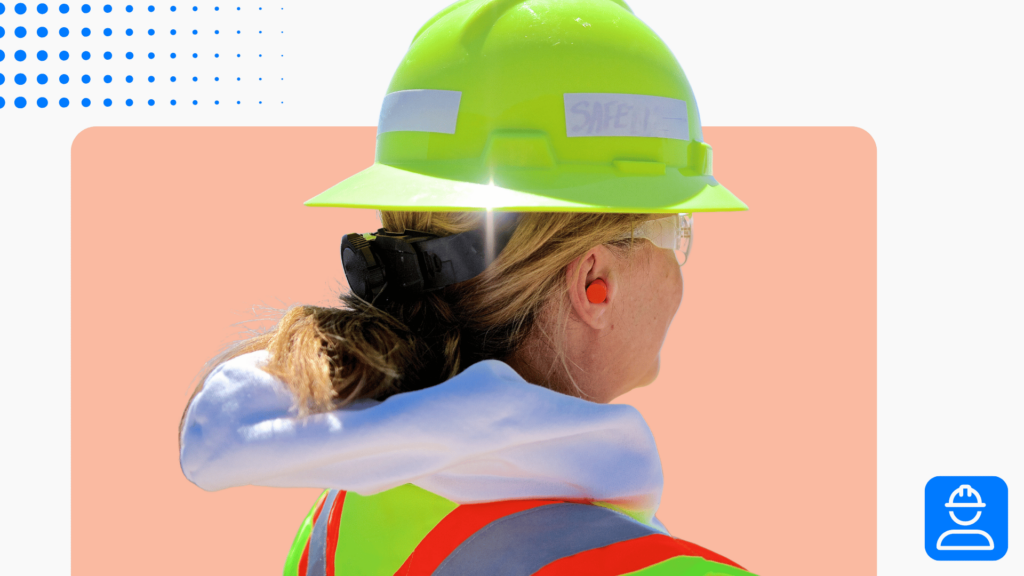Most heavy industries have their fair share of overhead safety hazards to control and manage. Workers should stay vigilant while working around these risks to prevent injury and keep each other safe. Conduct this overhead hazards toolbox talk with your team to keep safety a top priority.
Overhead hazards toolbox talk overview
In this safety toolbox talk, we’ll go over:
- Main types of overhead hazards
- Identifying hazards
- Protective safety measures
With the right amount of vigilance and a proactive approach to controlling overhead hazards, it’s much easier to avoid incidents and focus on the task at hand.
Types of overhead hazards
The main types of overhead hazards include:
- Falling objects (loose tools, equipment, boxes, pallets, etc.)
- Structural hazards (ladders, scaffolding, awnings, etc.)
- Electrical hazards (power lines, light fixtures, etc.)
- Eye safety hazards (dust, debris, chemicals in storage, etc.)
- Swinging loads (cranes, hoists, boom lifts, etc.)
Most of the time, these hazards are everyday occurrences at a worksite. But that doesn’t make them any less dangerous. Even the most commonplace hazards can cause permanent injury or death if you don’t control them effectively.
Proactive hazard identification
Being aware of overhead hazards is the only way to truly protect yourself from them. If you know the risks for the work area, the better chance you have of avoiding injury.
Before you start working, take a moment to note any hazards around you. Look for loose equipment or tools, overhanging materials like pallets or shrink wrap, and heavy items that pose a major safety risk.
This simple risk assessment should help you figure out what type of PPE you need for the task. If you wear a helmet or hard hat, make sure you inspect it before each use to make sure it’s in working condition.
And don’t forget overhead eye safety hazards. Falling debris and dust, while unlikely to cause a head injury, can pose a significant threat to your vision. That’s why you should consider wearing goggles or safety glasses (depending on the work environment).
Proactive safety measures
Here are some safety measures to take while working near overhead hazards:
- Use bins, nonslip mats, and drawers to secure materials stored overhead.
- Store heavy items on the bottom of overhead bins to avoid tip overs.
- When working overhead, make sure you block off the area below.
- Clearly communicate any overhead hazards with coworkers and contractors.
- Avoid walking under swinging loads, scaffolding, and other overhead activities.
- Stop work activities immediately if you see an unsecured overhead hazard.
The most important thing to do is to react according to the risk level of the hazard. If it’s just a few small, light items, you won’t need to do much to stay protected. But in situations where the hazards are heavy and potentially unstable, you should take extra precautions. At the end of the day, it’s up to you to assess the risks, control what you can, and let management know if there are any issues they need to fix immediately.



